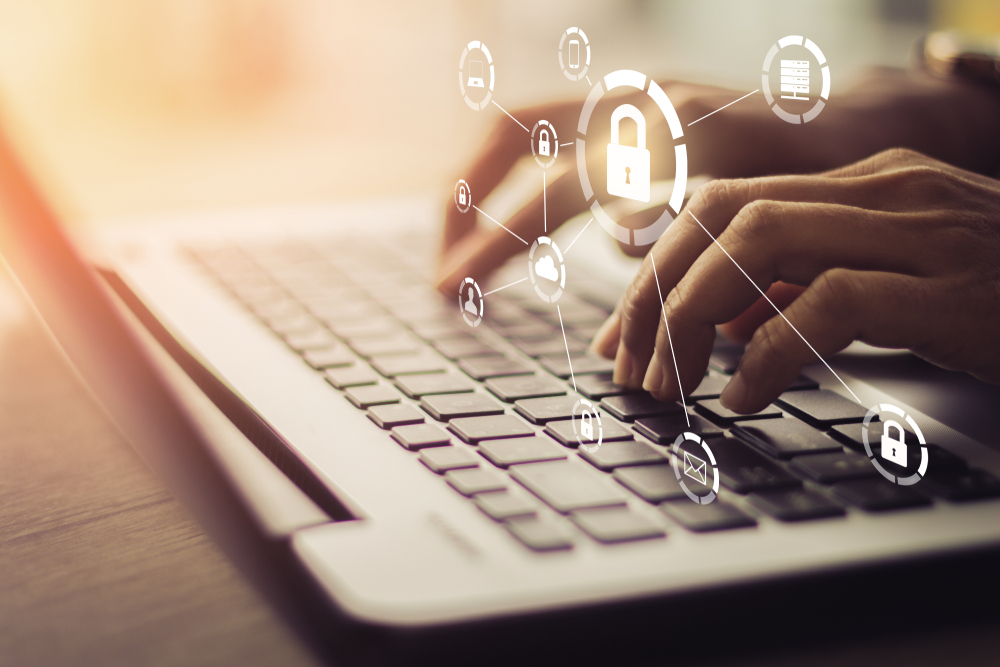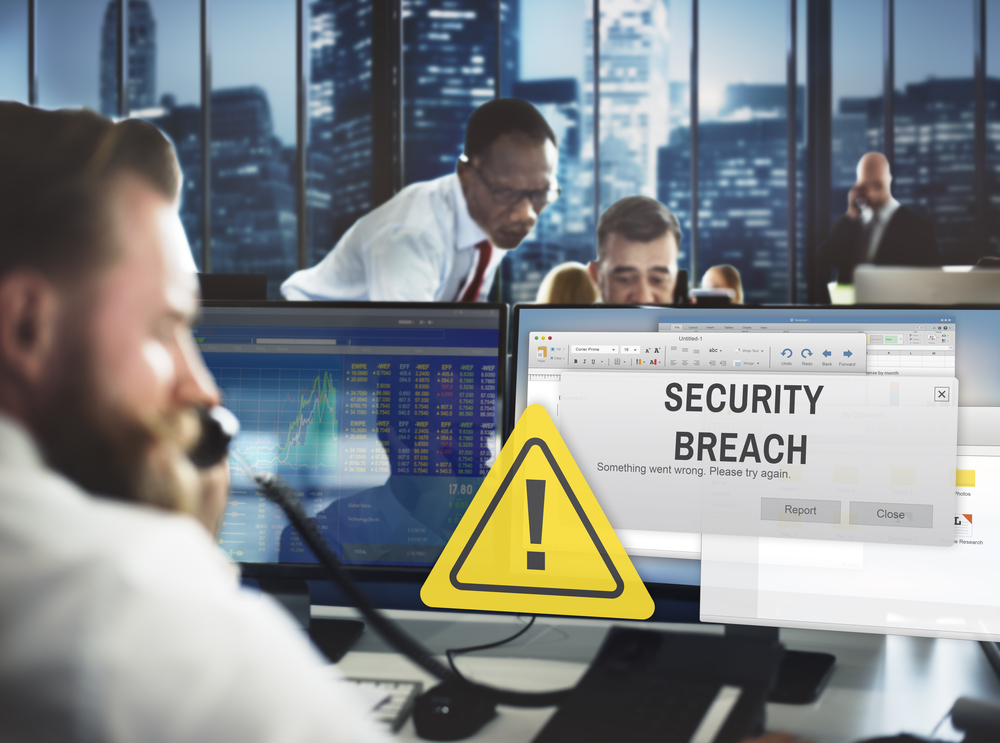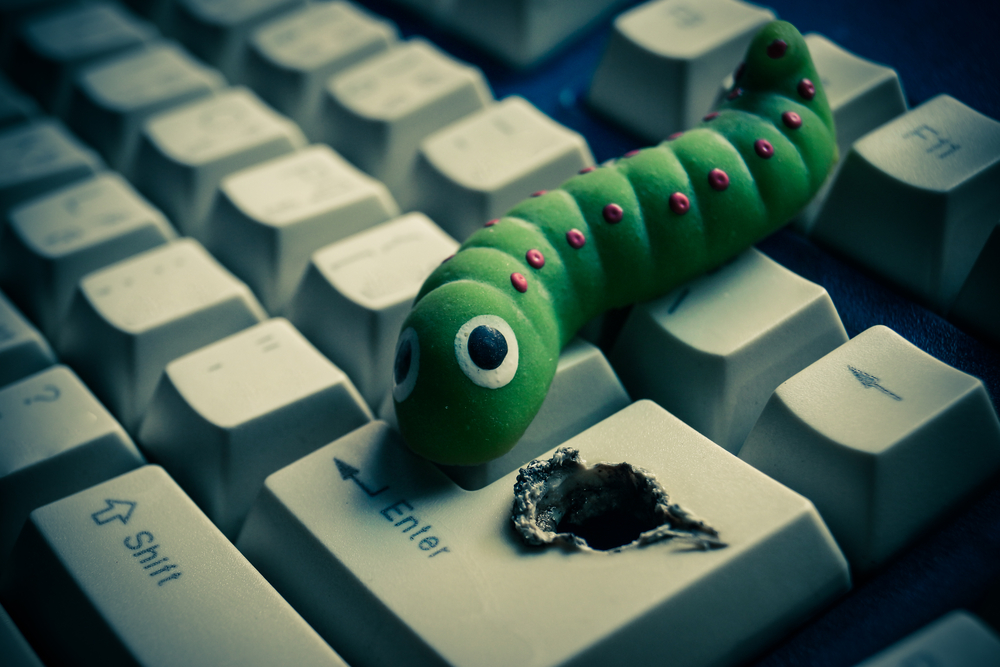Comprehensive Guide to Detecting and Removing Computer Viruses
Learn comprehensive methods to detect and remove computer viruses effectively. This guide covers signs of infection, prevention tips, and detailed steps for cleaning infected systems to ensure your device remains secure and performs optimally. Protect your data with reliable antivirus tools and safe browsing practices.

Comprehensive Guide to Detecting and Removing Computer Viruses
In today's digital age, computer viruses pose a significant threat to personal and professional data security. A computer virus is a malicious program designed to infect systems by replicating itself and spreading across software and hardware components. These malicious programs can lead to data corruption, loss, and even system failure if not identified and handled promptly. Understanding how viruses operate, recognizing their signs, and knowing effective methods to remove them are essential skills to safeguard your devices and maintain optimal performance.
Computer viruses typically infiltrate systems through infected files, malicious email attachments, compromised websites, or external drives. They often operate silently in the background, making it difficult to detect their presence immediately. Once a system is infected, it can exhibit symptoms such as sluggish performance, frequent crashes, unexplained errors, or unusual network activity. These signs should prompt immediate action to scan and clean the system to prevent further damage.
Detecting viruses effectively involves using robust antivirus and anti-malware tools that scan your entire system for malicious files. Regular scans, even when your system appears to run normally, are crucial for early detection. Beyond software, understanding the common symptoms of infection—such as unresponsive browsers, frequent redirect issues, unwanted pop-up advertisements, and unexpected toolbars—can serve as initial indicators of compromise. Recognizing these signs early allows for swift intervention to mitigate damage.
Preventing virus infections requires consistent maintenance and cautious behavior. Regularly updating your antivirus software ensures you have the latest security patches against emerging threats. Scanning external storage devices such as USB drives, external hard drives, and SD cards before use can prevent infection vectors. Be vigilant when opening emails—avoid clicking on suspicious links, and do not download attachments from unknown sources. Additionally, maintaining up-to-date backups of critical data is vital, so you can restore your system if an infection occurs.
Removing a virus involves several methodical steps. The first step is to boot your computer into safe mode—this minimizes the operation of malware and allows you to perform cleaner scans. Deleting temporary files, which often house malicious code, can help in reducing the infection. Running comprehensive malware scans with reputable antivirus software will detect and quarantine threats, preventing their spread. It’s important to keep your antivirus real-time protection enabled to monitor threats constantly, blocking viruses before they can cause harm.
For complete removal, some viruses embed themselves deeply in the system files, requiring advanced tools or manual removal techniques. In severe cases, professional technical support may be necessary. Ensuring your system is protected with a reliable security suite and following best practices for cybersecurity significantly reduces the risk of infection. Routine updates, cautious browsing habits, and regular backups form the foundation of a secure digital environment.
Ultimately, staying vigilant and proactive is the best way to guard against the ever-evolving landscape of computer viruses. By understanding their behavior, recognizing early signs of infection, and employing effective removal strategies, users can maintain a safe and healthy computing environment for both personal use and business operations.





